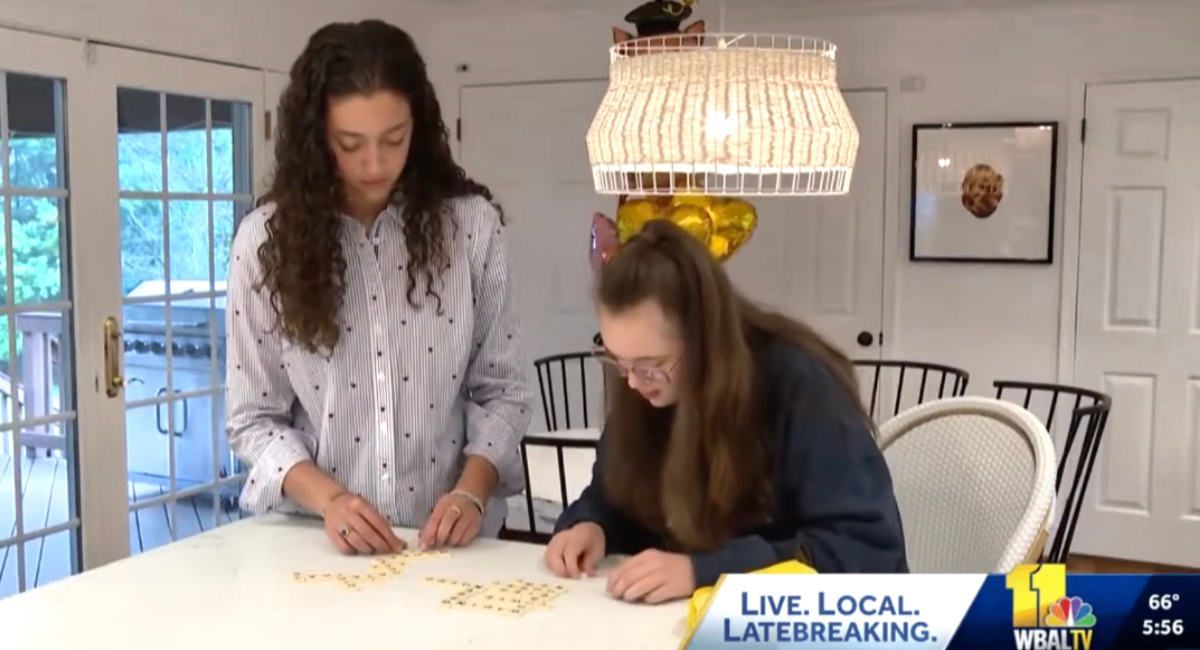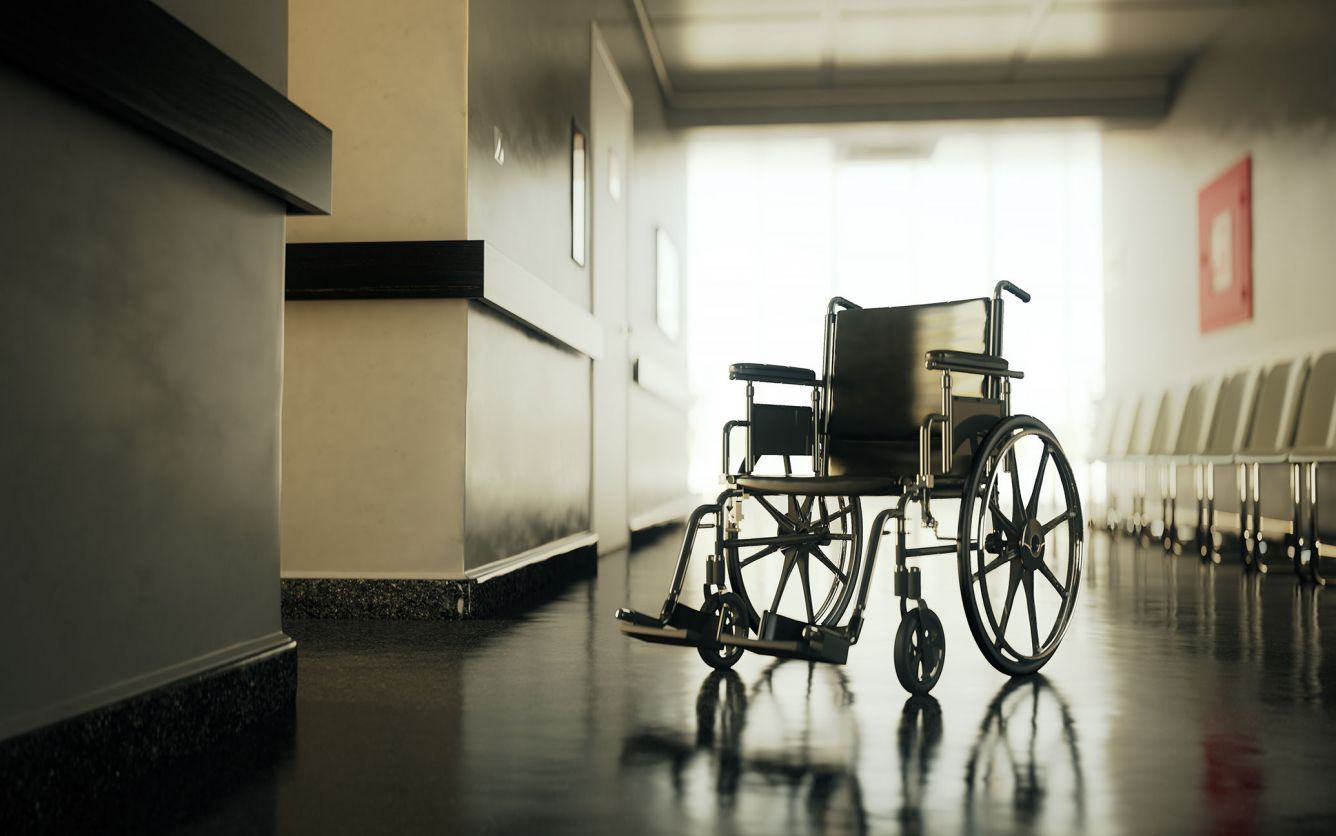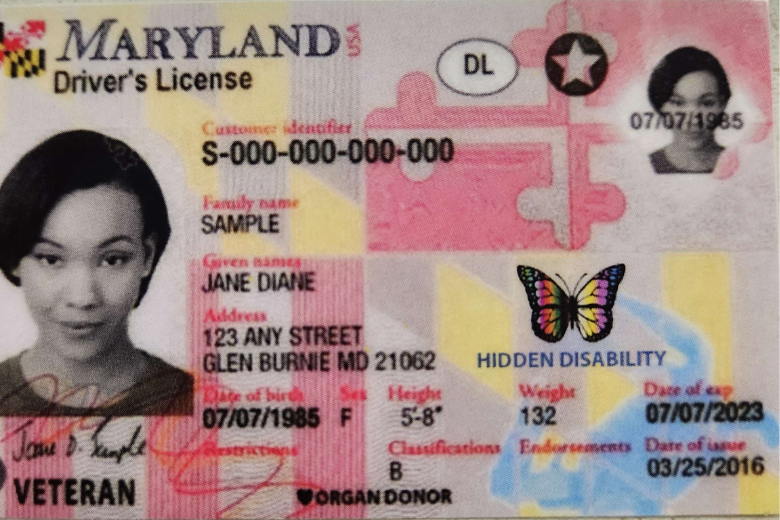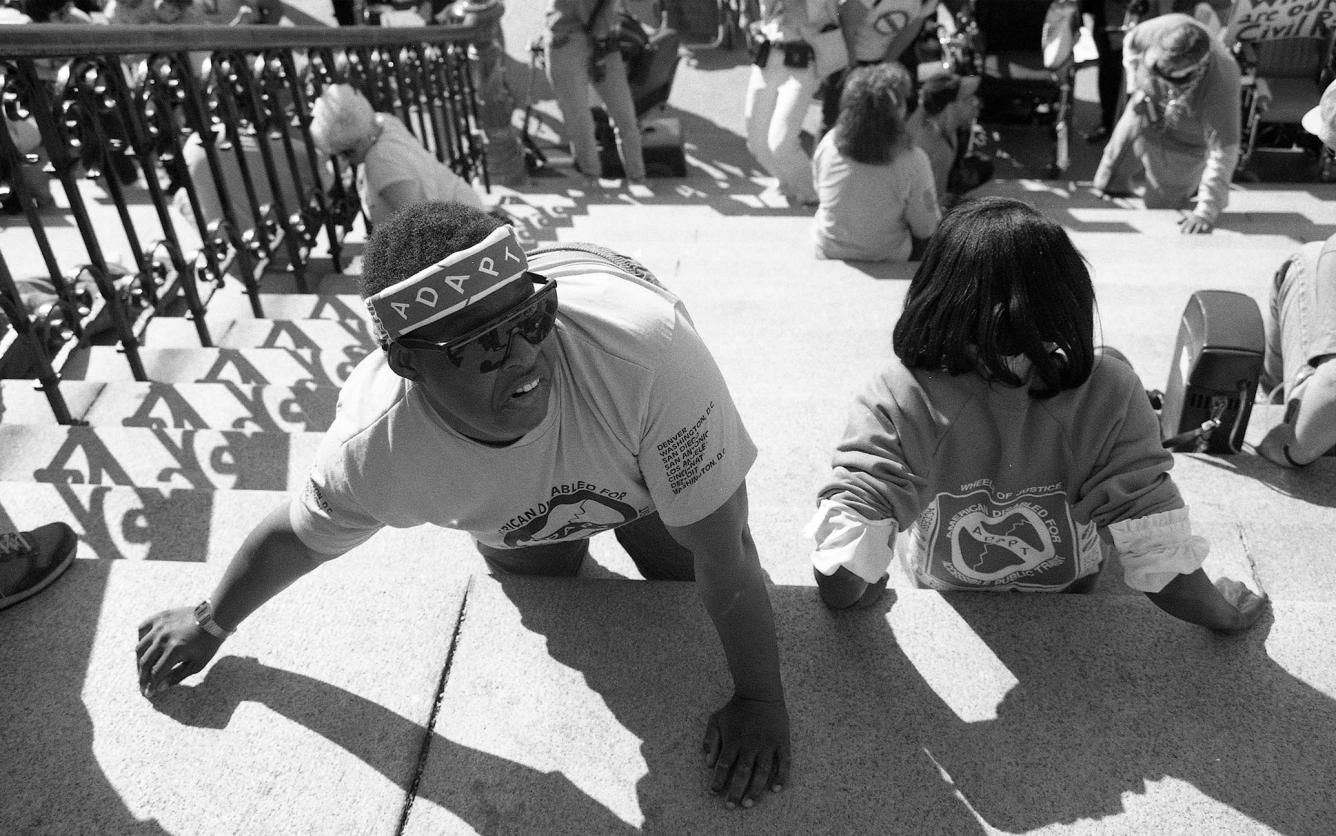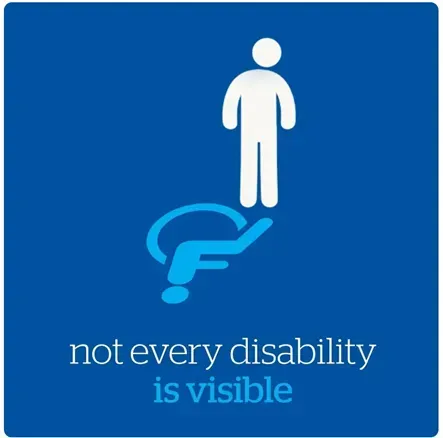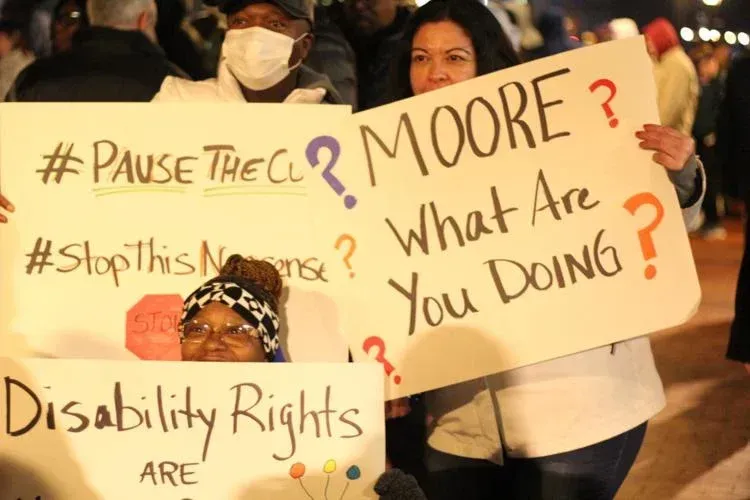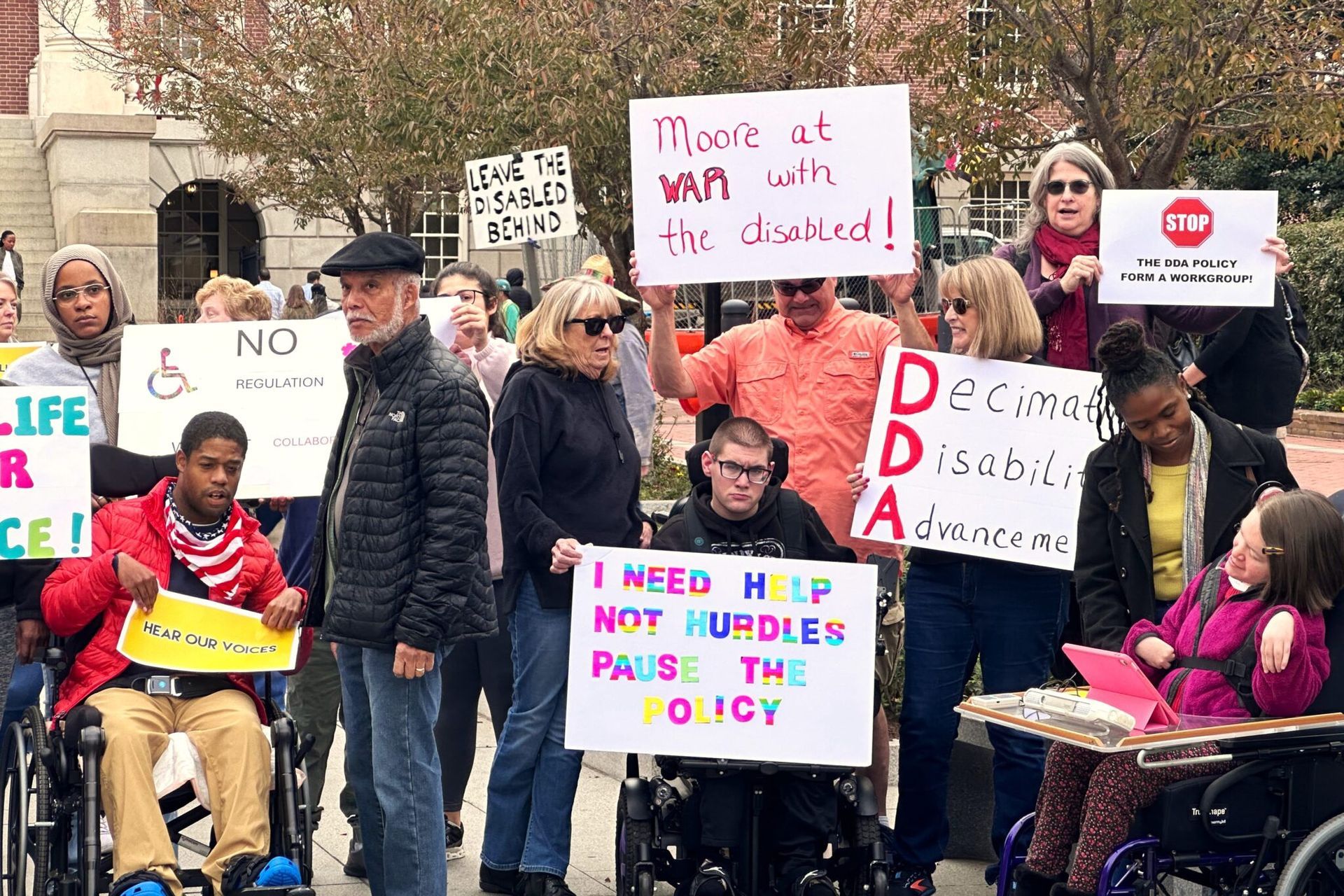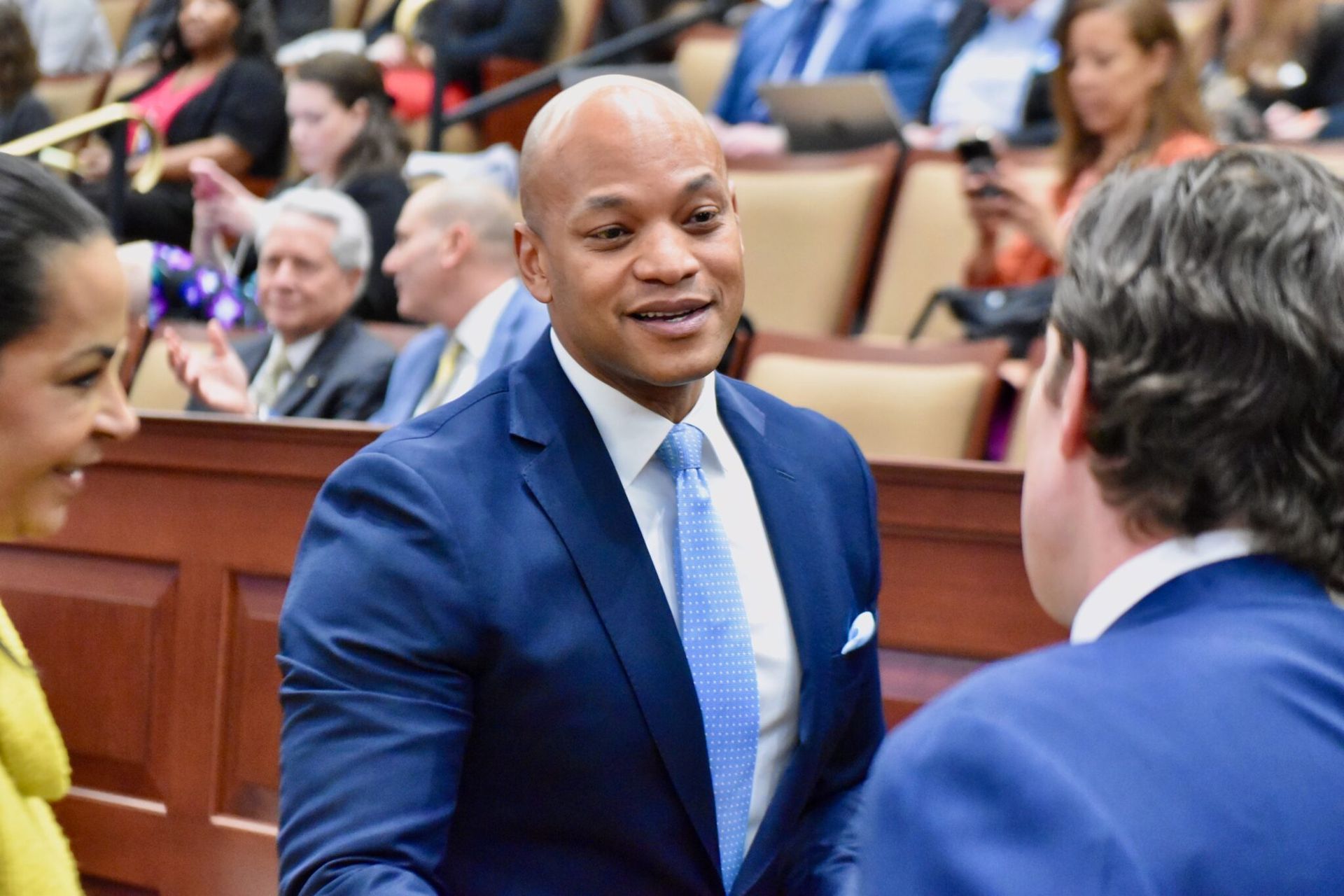Disability Service Providers On Brink Of Collapse
MINNEAPOLIS — For more than four decades, Options, Inc. in Big Lake has helped hundreds of people with intellectual and developmental disabilities find jobs in the mainstream workforce, while serving as a refuge for people who have nowhere to go during the day.
But when the nonprofit’s board recently analyzed its finances, the outlook was grim. Revenue at the day and employment service provider had plunged 80 percent since the pandemic began, while costs for its building and fleet of vans continued to pile up. The monthly losses had reached $100,000.
“We are in a constant state of distress,” said Brenda Geldert, executive director of Options. “It’s going to be impossible to survive unless we get some relief.”
The coronavirus is inflicting a heavy toll on Minnesota’s sprawling network of government-supported centers that provide jobs training, mental health therapy and other services for more than 30,000 adults with disabilities. Dozens of centers have been forced to close temporarily since March because of severe restrictions meant to slow the spread of the virus.
Now, after months of layoffs and furloughs, there are growing fears that this often-overlooked piece of the social safety net may collapse, leaving thousands in the lurch.
Advocates fear that the vulnerable populations that these centers serve — with disabilities as varied as autism, cerebral palsy and traumatic brain injuries — have become increasingly isolated and are not getting adequate therapy and daily stimulation. Many have been confined to four-bedroom group homes where the coronavirus has already struck. Statewide, more than 300 residents of group homes have contracted the virus and at least 19 have died, state health officials said.
At a legislative hearing Thursday, executives with a half-dozen of the state’s largest disability service providers from across the state sounded the alarm, warning they are running out of cash and may not be able to survive the summer without emergency funding. They are supporting legislation that would grant them $30 million in government grants to stay afloat until the COVID-19 restrictions are lifted and the centers can fully reopen. A relief package passed the Minnesota Senate during the special session by a 67-0 vote, but never came to a vote in the House.
“Our entire disabilities services sector is on the verge of collapse,” warned state Sen. Jim Abeler, chairman of the Human Services Reform Finance and Policy Committee, which held the hearing.
Minnesota’s disability service providers have been hemorrhaging cash since late March, when new federal guidance limited gatherings to curb the spread of the coronavirus. Day and employment centers were considered especially vulnerable: People are interacting with one another in closed environments for prolonged periods. There was also fear that they could bring the coronavirus back to their group homes, potentially exposing more people in closed settings.
In sometimes emotional testimony Thursday, one nonprofit executive after another described how the coronavirus had ravaged their operations, resulting in six-figure monthly losses, layoffs and rapidly depleting cash reserves. Many expressed frustration that, more than three months into the pandemic, the administration of Gov. Tim Walz had not come forward sooner with a rescue package.
At one point during the hearing, Abeler waved a copy of the relief bill in the air and urged Walz to sign an executive order approving the money.
“Governor Walz, would you please rescue the disability service sector in Minnesota?” Abeler asked. He added, “This is just so urgent. Clients literally will not thrive … Some people will die.”
Dawn Lamping, executive director of Floodwood Services and Training Inc., a day and employment provider about 40 miles west of Duluth, said monthly revenue has depleted by 95 percent since the pandemic began. Without emergency funding, the program that serves about 60 adults with disabilities would run out of cash and be forced to close within six weeks.
“Over the last 43 years, (Floodwood Services and Training) has weathered some challenging times, but none have been as challenging or devastating as the current crisis,” Lamping said, choking up several times during her testimony. “Unless our program receives emergency funding very soon, we will close.”
In many rural communities, day service providers are major hubs of activity. They shuttle people to and from work and activities in the community, and provide a destination during the day for people with severe disabilities who might otherwise be isolated in group homes. In recent years, under pressure from the courts and federal regulators, they have begun providing more job and vocational services in the community.
Melissa Winger of Bloomington said she has become increasingly concerned about the emotional and physical well-being of her 24-year-old son since his day program closed on March 17. Each morning, he would carefully prepare his backpack and wait in the lobby for the day program van, which would often take him to outings in the community. When the program closed, he became so upset by the rupture in his routine that he repeatedly banged his head against the wall of his group home, breaking his nose.
Now her son has nowhere to go during the day, except on walks around the perimeter of his group home in Plymouth, his mother said.
“This is a pretty traumatic situation for someone like my son who thrives on socialization,” Winger said. “You put an abrupt end to everything they know and they don’t have the ability to understand why.”
© 2020 Star Tribune
Distributed by Tribune Content Agency, LLC

